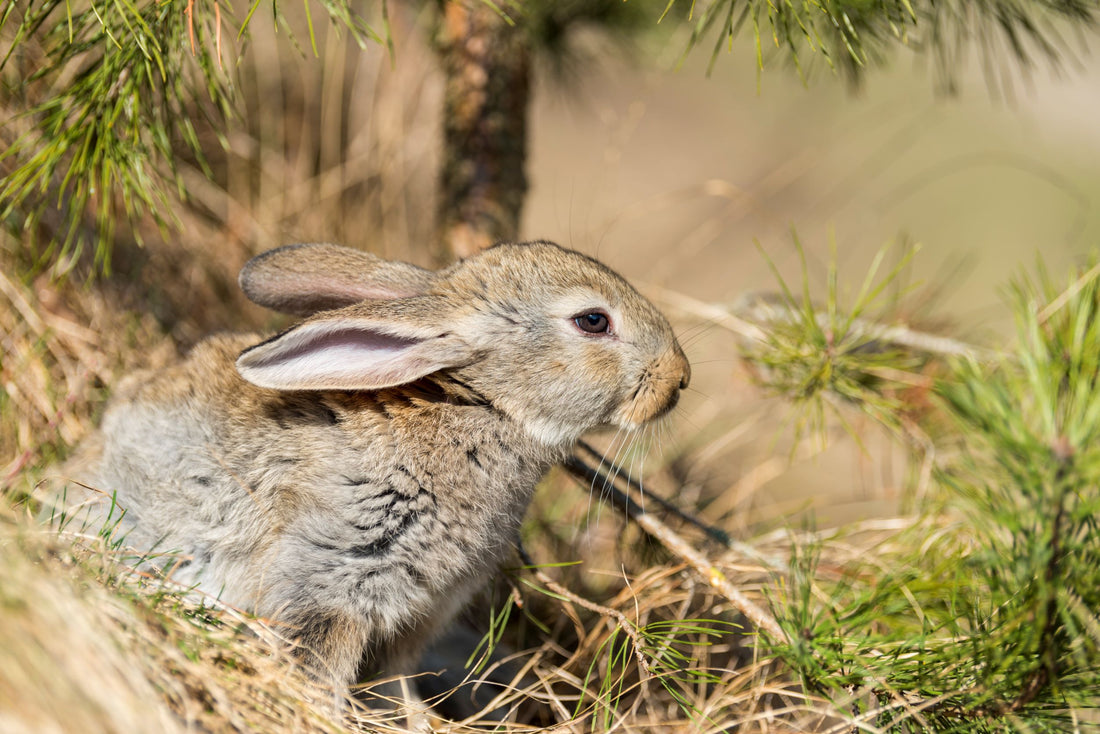Ever ask a question only to find that the initial apparent answer leads to information so compelling that a spark ignites in your mind suddenly lighting up once dormant synapses? Each bit of information illuminates a new curiosity and pretty soon - you are in that rabbit hole understanding life with a new perspective.
All I wanted to do was use my hands to make something useful for people, using plants and minerals which the earth has so bountifully provided for us. I thought that was a simple query: how to do this. The following "rabbit hole" revealed itself, as I held my desire close.
Here goes.
We have a handful of acres in Connecticut that we lovingly call "Rock and Root Farm". We live in Stony Creek - named for, mmm, its prolific granite outcroppings, salt marshes and multitudinous streams babbling over rocks to bring everything upstream downstream to the Sound and eventually into the Atlantic Ocean. The roots of our herbs and vegetables have to make their peace with the rocks of this place to find sustenance to flourish. And this they have done with fierce alacrity.
There is a lot of wilderness on our property - well, Eastern Hardwood Forest wilderness at any rate. Sure, calling any of the long-settled land in the East "wilderness" must sound silly to a person from the great open Western lands. True, here in the present day eastern states, we have to be purposeful in our relationship with the land since our forbearers spent a century or two felling trees, trying to farm, disrupting native habitats and people...until they discovered they could head West and disrupt other habitats. But that's a story for another bedtime.
When we first arrived here, the land was wooded but without underbrush, and thankfully we had few "invasive vines". Lots of leafless trees in the winter - very few white pines and cedar to provide winter protection for native birds and small mammals. The once magnificent hemlocks which had provided that shelter, were dead and dying from years of drought and disease. And coming down on their own. The two of us removed a good dozen of the giants ourselves, leaving a few along the edges (of what would become our meadow) to provide habitat for the insects that break down dead wood and the animals that feast on the plump larvae.
Before we began to sculpt our environment into a habitat suitable for the many layers of life in a healthy ecosystem, the only obvious signs of life were the murders of crows dare-deviling through the thick oaks, beech and hickory. You never saw a fox and rarely heard a coyote....barely squinted a squirrel track in the winter snow or tell tale deer print winding through the wood.
As we began to build the meadow, the gardens, the stonewalls...we saw songbirds returning to snatch the insects that found homes in the meadow plants. Squirrels and chipmunks came followed by raccoons and opossum, to dig the roots and build homes in the underbrush, create warrens in the rocky piles. All of the branches and debris were dragged into the woods, piled into habitat structures for the smaller mammals to have shelter from storms and predators. A fighting chance for our new friends.
"Someone" said Build it and they will come. What we did, actually, was Leave it, Layer it, Let it Become Something Greater than us. Our property is not cultivated, plowed, mown, horticultured. It is co-created with everything that chooses to live here. Yes, we did put a deer fence around the vegetables, but we make sure there are lots of native maple-leaf viburnum and clethra summersweet beyond that the deer prefer to eat. There are native black berry tangles for the birds and rabbits. Lots of goldenrod, asters, chicory, wild carrot- green food of leaves and flowers and seeds. The wet places are wet for vernal wildlife, frogs and salamanders; the dry places are dry for toads and turtles and snakes.
The chipmunk condo in the stonewall attracted garden snakes and solitary wasps. The woodchuck found our rock piles to be perfect front, and rear, doors for her complex warrens. The berry brambles and sumac under a cherry tree made the perfect hidden home for the rabbits that came one Spring (and haven't left). We call it the Rabbitat. Mourning doves gather there in the winter, hawks find a perch high up in the cherry tree to watch the birdfeeders. The coyote and woodchucks have carved a path through (which the dog has recently discovered, much to her olfactory delight). All the while, the rabbits (Petra and Bun) do what they do - including regular summer perusals of my herb garden!
Chickadees, cardinals, finches, titmice, cooper hawks, bard owls, black snakes, ring neck snakes, garter snakes, red-spotted newts, blue-spotted salamanders, eastern coyote, red fox, raccoons, opossum, grey squirrels, chipmunks, woodchucks and rabbits - all of us find our place, together, amid the rocks and soil, white pines, red cedar and towering oaks.
This, my friends, is a Rabbitat. The whole thing. Not just where the rabbits are. It's the Whole Together. It is my proudest accomplishment.
I wanted to learn how to make soaps and creams by hand using plants of the earth, and I learned that it takes a Rabbitat.
Think about it for awhile. Take a long walk in the woods, and think about it for awhile.
